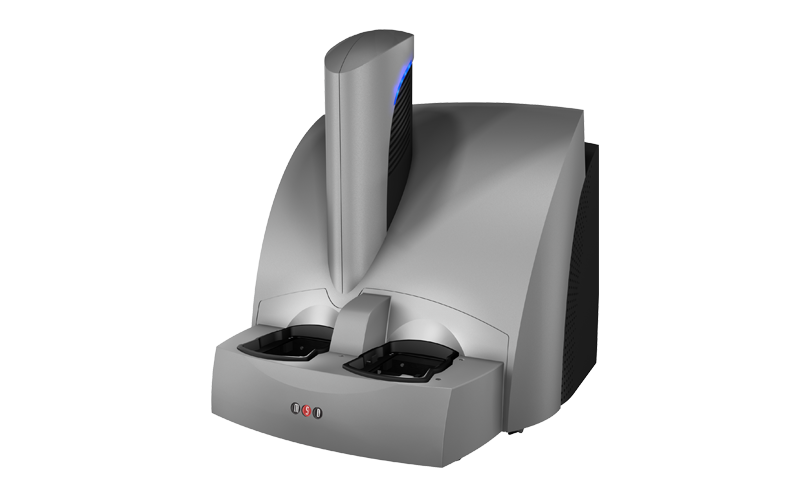3 Key Differences Between Meso Scale Discovery, Elisa, And Immunogenicity Assay

Identifying and evaluating biological molecules is crucial for drug discovery research. Over the years, several techniques have become available to companies and drug discovery CRO for evaluating analytes in biological matrices. These techniques include ELISA assays, MSD-ECL assays, flow cytometry, gyrolab, and many more. However, each of these techniques has its advantages and limitations. Understanding these factors is crucial for selecting an ideal tool for bioanalysis.
Meso Scale Discovery and ELISA assays are widely used to evaluate drugs and drug products. ELISA is the basic technique employed to detect and measure hormones, antibodies, proteins, and peptides in biological matrices. On the other hand, the Meso Scale Discovery platform is similar to ELISA assays, except it uses an electrochemiluminescence reaction compared to colorimetric systems used in traditional ELISAs.
MSD ELISA combines electrochemiluminescent and Multi-array technology to bring rapid and highly dense results through miniaturization and parallel processing. MSD platform has several assay options available. These options include MSD biomarker assay, MSD cytokine assay, and MSD immunogenicity assay. Hence, MSD ELISA assays directly impact studies involved in drug discovery research and development. Let us understand three critical differences between MSD and ELISA assays and then move on to immunogenicity testing.
MSD vs. ELISA
Developing a novel MSD assay is fast and easy. Besides, transferring existing ELISA onto an MSD platform can be accomplished within two days. Moreover, MSD assays are highly sensitive and have a broader dynamic assay range. Hence, very few samples fall beyond the detection range. Following are the three key differences between MSD and ELISA assays.
- MSD assays have multiplexing capacities. They have multi-array plates, with each well having up to 10 spots. Therefore, MSD assays have high throughput and require far less sample volume than ELISA assays. On average, MSD assays require 10-25 μL sample volume for up to 10 analytes, while ELISA needs 50-100 μL for a single analyte.
- MSD assays provide raid throughput with simple and faster protocols. Unlike ELISA assays, MSD assays have rapid throughput with read times between 1-3 minutes. Moreover, MSD only has 1-3 wash steps and requires no maintenance downtime.
- Finally, MSD assays can handle complex biological samples with a broader dynamic range. Therefore, researchers can measure both normal and elevated expression levels without multiple dilutions.
Having understood the crucial differences between MSD and ELISA, let’s move on to immunogenicity testing.
Immunogenicity assays
Immunogenicity assays help researchers decipher the biotherapeutic potential of a drug compound for eliciting an antigen-induced immune response. Although immunogenicity assays are crucial for drug discovery and development, they do not have a one-size-fits-all approach. From study design to bioanalysis, immunogenicity testing requires a tailored approach through all phases of drug development.
Whether sponsors are testing a new drug or therapy or developing a vaccine, immunogenicity testing is mandatory. Immunogenicity testing measures antibodies generated against a specific drug and ensures it is safe and effective for the patient population. Depending on the expertise and available assay components, researchers can perform immunogenicity testing through ELISA, MSD assays, Flow cytometry, or gyrolab approaches. Hence, sponsors can identify individual preferences and choose between alternatives for immunogenicity testing.




